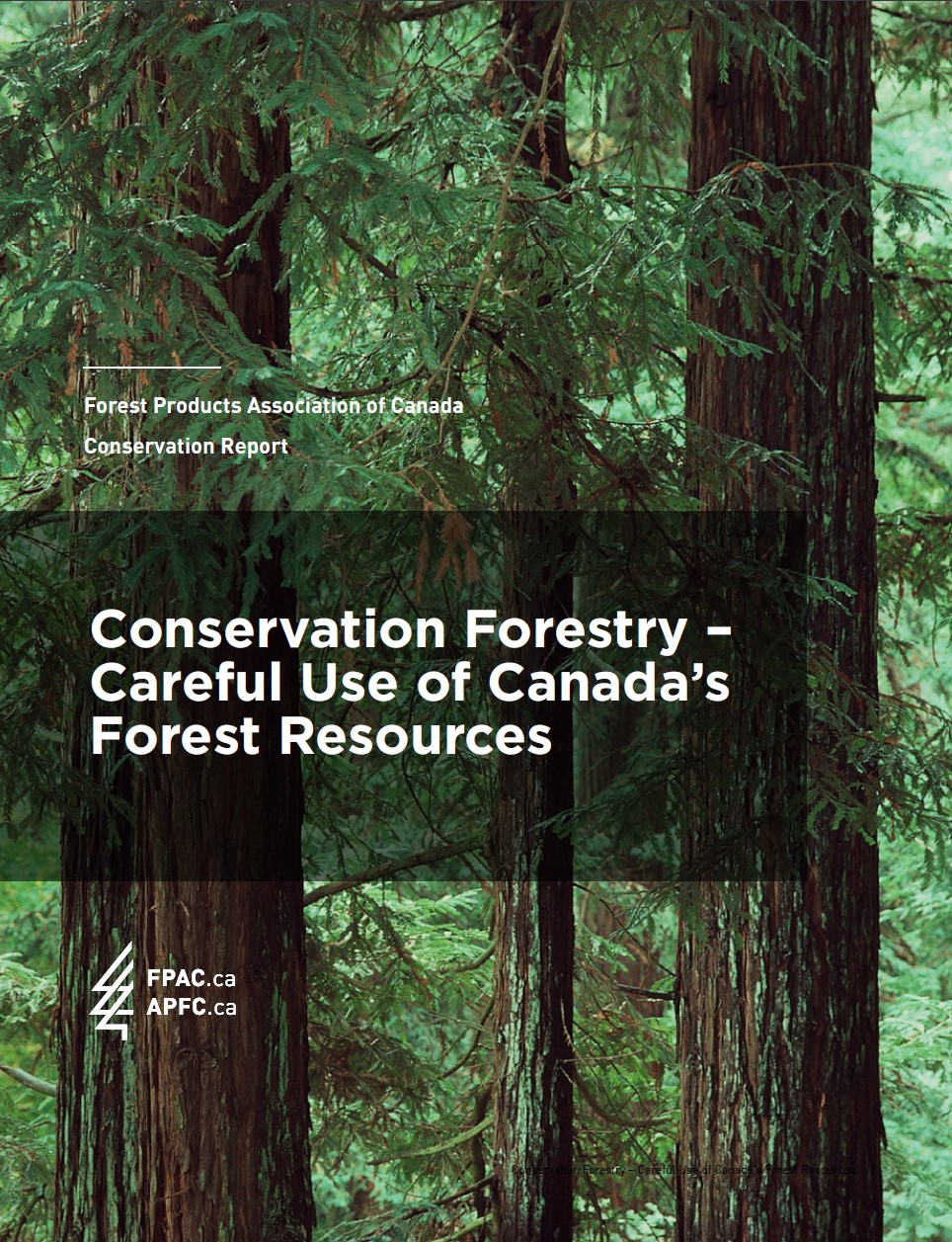Canada is facing a housing crisis. We need to construct nearly 6 million affordable and accessible housing units by 2030 to meet rising demand. If we follow the business as usual, we will only construct one third of what is required.
Forest Products Association of Canada (FPAC), the Canadian Wood Council (CWC), and our respective member companies stand ready to support the accelerated construction of affordable housing with harvested wood products and mass timber – products that provide essential environmental, social and economic benefits.
By leveraging the benefits of wood-based products and mass timber construction, and with targeted support from the federal government, Canada is well-positioned to address the housing crisis in a manner that puts Canadians’ essential needs at the forefront – while strengthening our climate resolve and driving economic prosperity in tandem.
Canada is Facing a Housing Crisis
Today, one in five Canadians cannot access affordable housing while the average rental price has risen 10% since last year—challenges that disproportionately impact remote, rural, and marginalized populations. Canada’s National Housing Strategy recognizes the importance of affordable housing in building sustainable, inclusive communities, yet Canada needs to construct nearly 6 million affordable and accessible housing units by 2030 to meet rising demand – triple our current rate of construction.
The Canadian forest sector can offer expedient, economical, and climate-resilient solutions to this problem – made stronger through targeted federal action to unlock the suite of economic, environmental, and social benefits associated with wood-based building systems and harvested wood products.
How the Federal Government Can Unlock Forest-Based Solutions
To accelerate the construction of affordable and climate-resilient housing by leveraging forest sector solutions, the federal government should:
- Actively promote Canadian wood and mass timber solutions within a federal affordable housing strategy, and more generally in public dialogue around housing construction.
- Establish a harmonized regulatory framework for permitting processes to expedite approvals safely and responsibly.
- Strengthen the National Building Code by adopting a performance-based approach and increasing tall wood building height allowances.
- Promote nationally certified, prefabricated building typologies for wood-based structures that meet municipal standards.
- Offer incentives for developers using a high proportion of Canadian wood products in new construction, such as tax credits and streamlined permitting processes.
- Support the development of a future-ready skilled workforce through standardized green education and training programs.
Meeting Housing Needs with Wood-Based Building Systems
There have been early signals that the government understands the inherent benefits of building with wood. Canada’s Minister of Housing, Infrastructure, and Communities, Sean Fraser, has advocated for wood-based construction as an effective tool to fight climate change and build homes quickly, emphasizing the importance of innovative manufacturing and construction techniques to meeting our housing needs—particularly the prefabricated or factory-built housing solutions associated with wood-based building systems.
Massive or “mass” timber construction, currently permitted up to 12 storeys by the National Building Code, offers a sustainable, affordable, and modular housing solution. As of 2023, the Canadian Wood Council estimates that 560 mass timber projects have been completed and another 559 are underway or planned for construction in Canada (of which 82 are residential), totaling more than 61 million square feet of floor area. Compared to other major forested countries like Finland – with 4,150 wood apartment buildings completed by 2022 and more than 2,000 anticipated to be built in the next few years – Canada has enormous potential to scale its wood-based building construction.
Benefits of Harvested Wood Products in Housing Construction
- Carbon-Sequestering Properties: Wood products store carbon and significantly reduce the carbon footprint of construction, as much as 511 cars’ worth of emissions per building —these benefits multiply as we build taller with mass timber.
- Lower-Carbon Profile: Beyond their ability to sequester carbon, harvested wood products are significantly less carbon-intensive to manufacture. For every tonne of material produced, the carbon footprint of Canadian mass timber is at least 72% smaller than steel and 66% smaller than cement.
- Efficiency of Wood Building Systems: Precision manufacturing, modularity, and prefabrication present huge efficiency gains over traditional construction materials and techniques, reducing the waste, noise, labour, and time required to erect a structure—a significant advantage for infill projects in densely populated areas.
- Fire and Earthquake Resilience: Contrary to assumptions, mass timber buildings are highly resistant to fire and earthquakes—offering better safety and durability outcomes than other common building materials.
- Quality of Life: Incorporating more wood products into residential buildings can improve air purification and temperature control, with research suggesting that wood building can reduce stress, enhance productivity and creativity, and promote general feelings of wellbeing among their occupants.
- Economic Contributions: Increasing demand for Canadian mass timber will offer significant economic benefits to forest-reliant communities, expanding the tax base, growing forest sector GDP, and creating and sustaining stable, well-paid jobs across Canada as envisioned under the federal Sustainable Jobs Plan.
Download Solutions to Canadas Housing Crisis are Found in the Forest to learn more.








